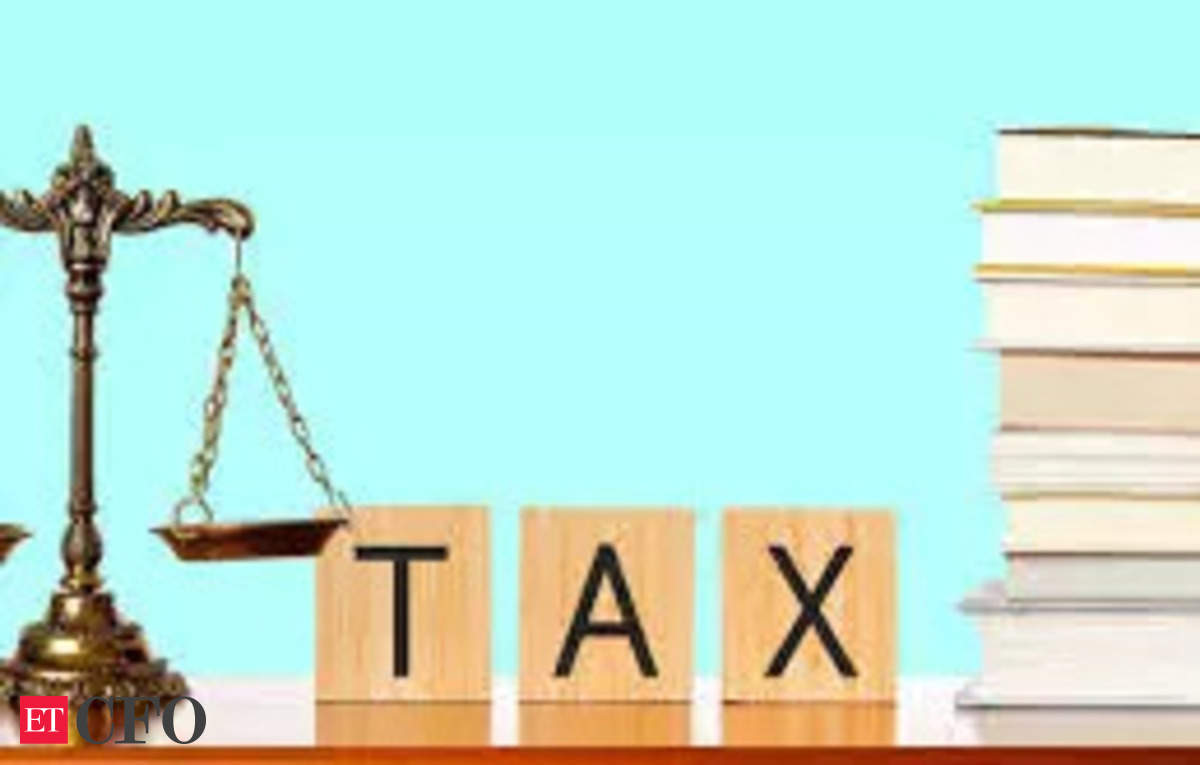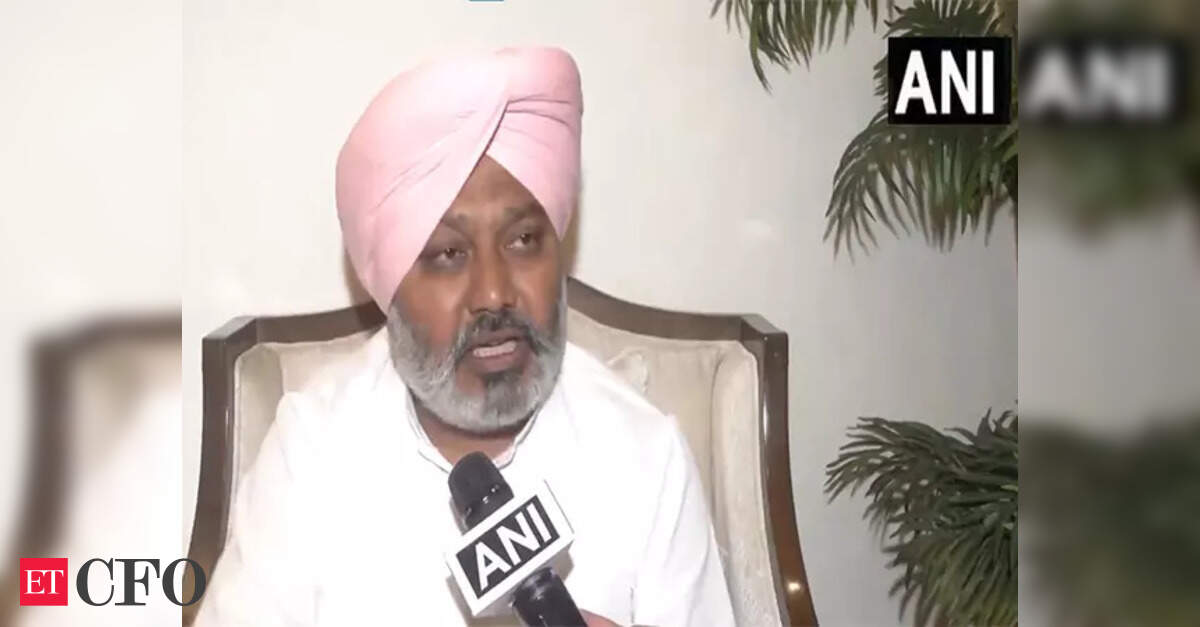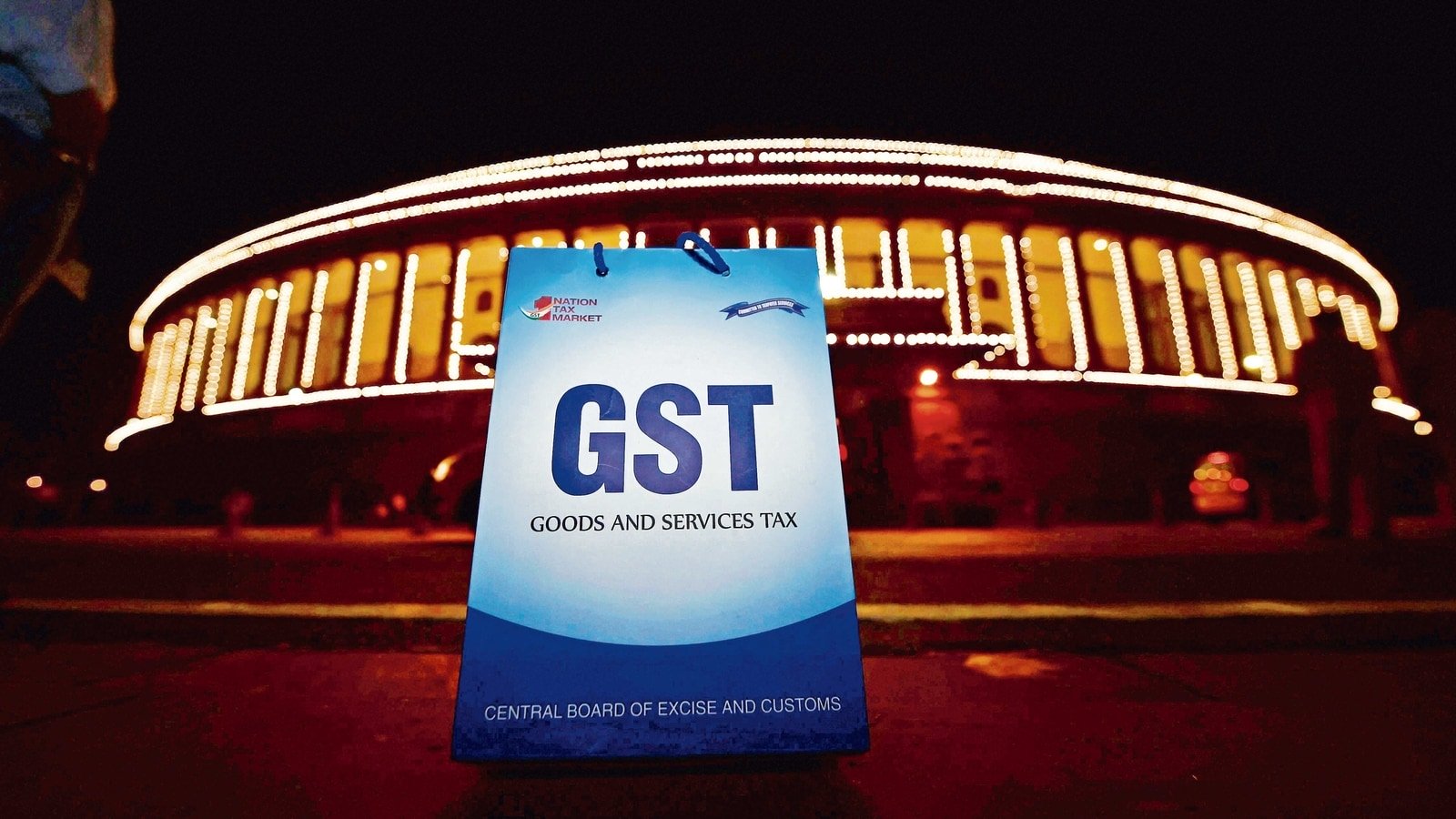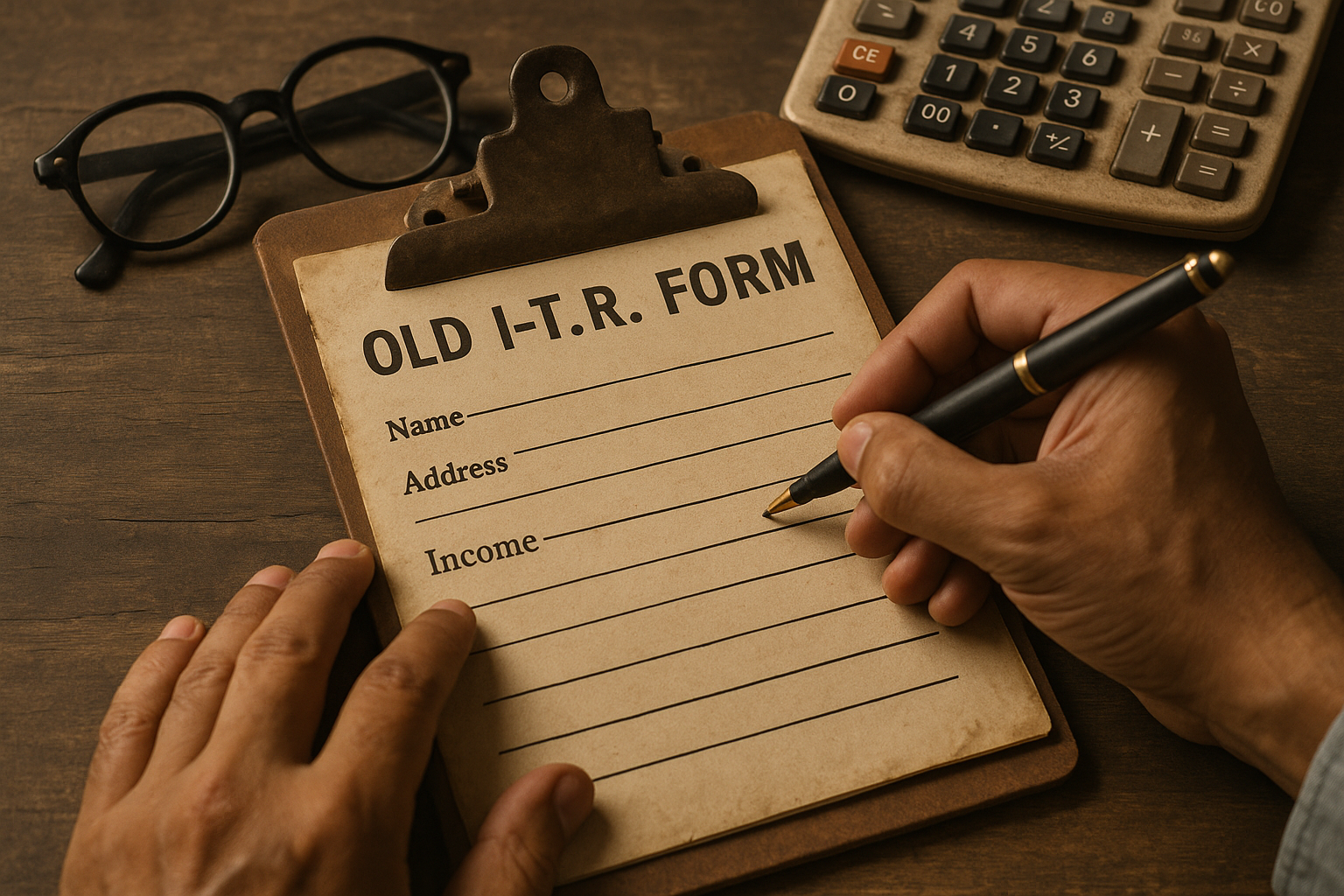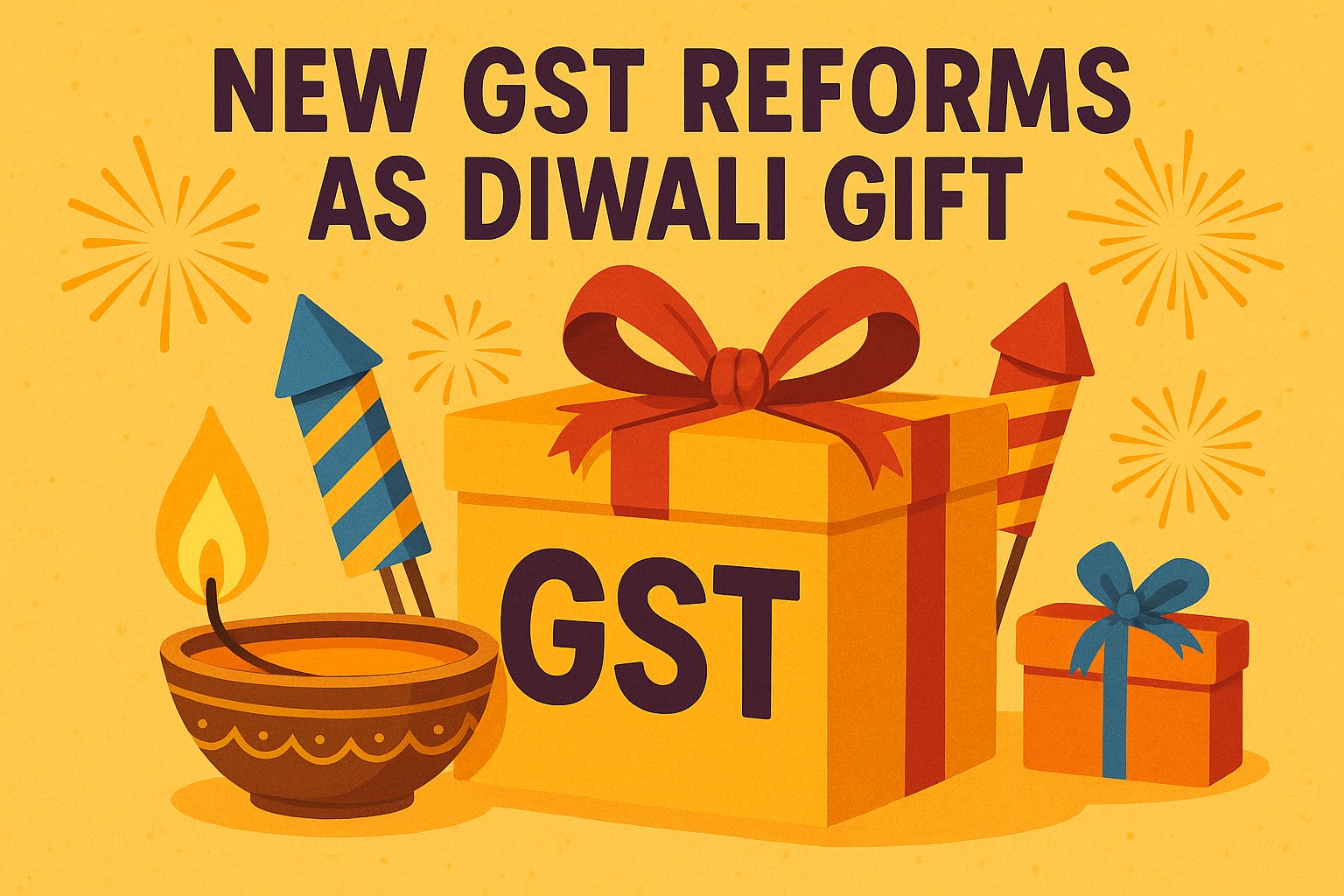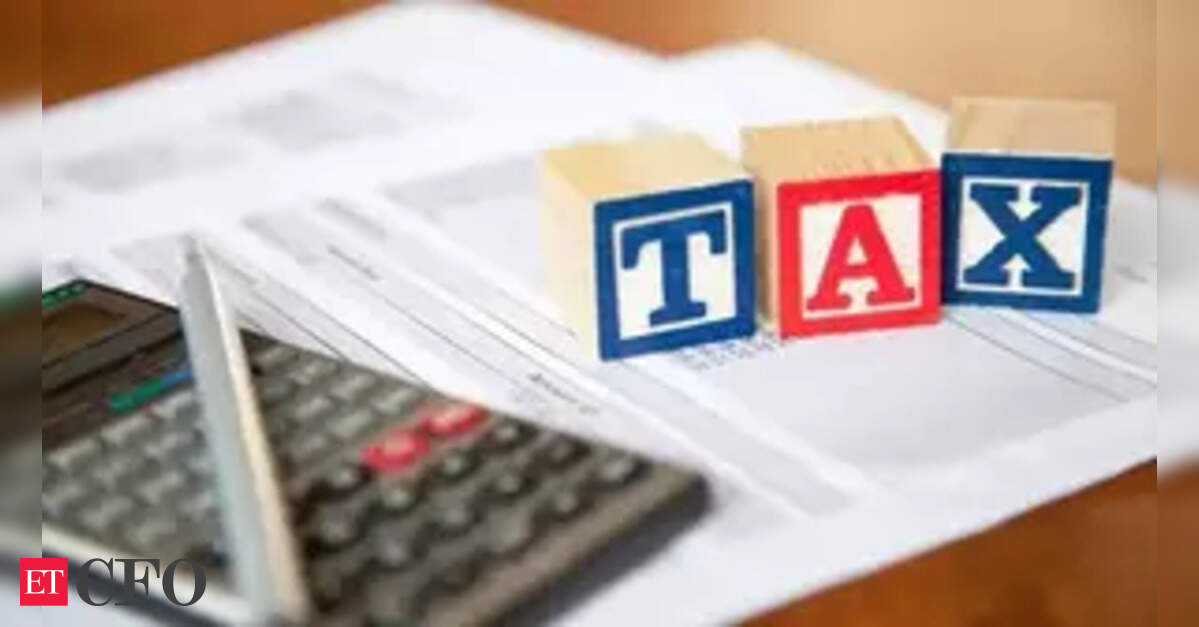Finance Minister Nirmala Sitharaman, in the Union Budget for FY 2025-26, introduced a host of direct tax reforms aimed at reducing the compliance burden, providing relief to middle-class taxpayers, and promoting economic growth. A major highlight of the announcement was the introduction of new tax structures, enhanced TDS exemptions, and initiatives to support electronics manufacturing, startups, and infrastructure investments.
Tax Relief for Middle-Class: No Personal Income Tax up to Rs 12 Lakh
In a significant move to ease the tax burden, the Finance Minister proposed that no personal income tax would be payable for income up to Rs 12 lakh under the new tax regime. For salaried individuals, this exemption limit will increase to Rs 12.75 lakh due to a standard deduction of Rs 75,000. This change is expected to benefit millions of middle-class taxpayers by leaving more disposable income in their hands for savings, consumption, and investment.
“This will substantially reduce the taxes of the middle class, boosting household consumption, savings, and investment,” Sitharaman stated during her budget speech.
The new tax structure is also designed to be simpler, clearer, and more taxpayer-friendly, aiming for reduced litigation and greater tax certainty. Revenue of approximately Rs 1 lakh crore is expected to be forgone due to these changes.
Revised Tax Rate Structure: Simplified and Progressive
Under the revised tax regime, the following tax rates will apply:
Income up to Rs 4 lakh: Nil
Rs 4-8 lakh: 5%
Rs 8-12 lakh: 10%
Rs 12-16 lakh: 15%
Rs 16-20 lakh: 20%
Rs 20-24 lakh: 25%
Above Rs 24 lakh: 30%
This tiered approach aims to ease the burden on middle-income earners while maintaining progressivity for higher-income brackets.
TDS and TCS Rationalization: Reducing Compliance Burden
To further simplify tax compliance, Sitharaman proposed several rationalizations to the Tax Deducted at Source (TDS) and Tax Collected at Source (TCS) systems. Key highlights include:
The limit for tax deduction on interest for senior citizens has been doubled from Rs 50,000 to Rs 1 lakh.
The TDS threshold for rental income has increased from Rs 2.4 lakh to Rs 6 lakh.
The threshold for collecting tax at source (TCS) on remittances under the Liberalized Remittance Scheme (LRS) has been raised from Rs 7 lakh to Rs 10 lakh.
These moves are expected to reduce unnecessary compliance hassles and provide greater relief to taxpayers, particularly seniors and individuals in the rental income bracket.
Tax Certainty for Electronics Manufacturing and Startups
To encourage investment in electronics manufacturing, the Budget proposes a presumptive taxation regime for non-residents involved in the sector, offering tax certainty for those providing services to companies setting up electronics manufacturing facilities.
Additionally, the government has introduced a safe harbour for tax certainty for non-residents who store components for supply to electronics manufacturing units.
The Budget also extended the period for startup incorporation eligibility by five years, now allowing startups incorporated before March 31, 2030, to avail themselves of certain tax benefits.
Extension of Sovereign and Pension Funds Investment Date
A key measure to boost infrastructure funding, the government has extended the deadline for making investments in Sovereign Wealth Funds and Pension Funds by five years to March 31, 2030. This move aims to encourage greater investments in infrastructure, further propelling India’s growth trajectory.
Decriminalization and Simplified Tax Regimes for Charitable Trusts
Sitharaman also proposed the decriminalization of certain tax violations, including those related to the delay in payment of TCS, ensuring the system remains user-friendly. Furthermore, the government extended the registration period for small charitable trusts from 5 to 10 years, reducing their compliance burden.
Visit www.cagurujiclasses.com for practical courses
